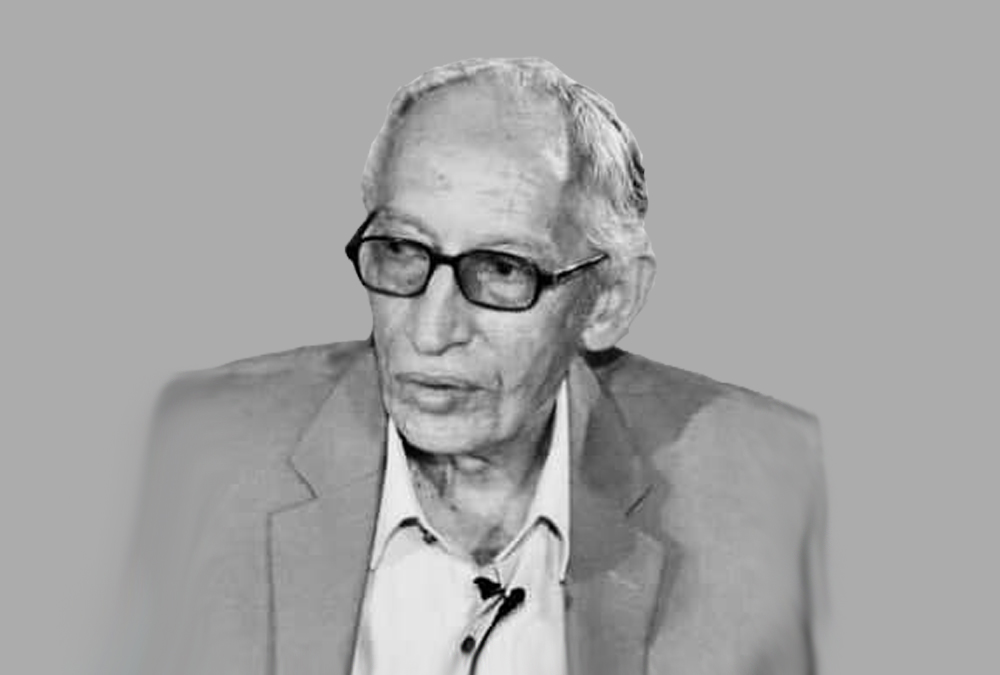
The Last Copt in the Cultural Scene, Once Again
Abdallah Rizk Abu Seimazah
Under the title "The Last Copt in the Cultural Scene," I wrote about him when we met with the newspaper "Al-Majalis" in the second half of the nineties of the last century. Professor Nabil Ghali assumed the position of editor-in-chief of the social newspaper, a twin to the political "Al-Rai Al-Akhar" then, and he is a distinctive cultural symbol that, in my estimation, carries significant importance. He is the last of the active Coptic intellectuals in the Sudanese cultural scene after the departure of the literary scholar Professor Jamal Abdul Malik, famous for his contributions to what is known as science fiction stories.
Professor Nabil Ghali took an interest in the short story, which was his entry ticket to the vast world of literature as an active and multi-interest participant. He released his first and last collection of short stories early on, titled "Itikaa Taht Ayun Habibati" (Leaning under the Eyes of My Beloved). He excelled in this field, yet the short story was not the only creative domain for which he gained fame. His activities and cultural contributions diversified, but he made a tangible effort in research-oriented works, including the bibliography of Sudanese novels and the narrative experience of the storyteller Ibrahim Ishaq.
Nabil Ghali, the journalist who moved among several newspapers in Khartoum, where he relocated from his hometown Sennar in the early nineties, began his career in this field by issuing "Al-Zarqa," which was printed in Roneo and involved many creative minds from Sennar at the end of the seventies and the beginning of the eighties. It served as a platform for their cultural activities at that time. The period witnessed the flourishing and growing activities of entities in cities such as Medani, Kassala, and El Obeid.
The Sennar Literary Association returned this week to attend again, deciding, among other things, to organize a celebration and honor its founder, Professor Nabil Ghali, in the coming days.
Once again, the honoring of Professor Nabil Ghali and celebrating his creative experience gains additional importance, and its deep significance shines. The resilience of Nabil Ghali and other Sudanese Copts at a time when successive migrations, under the weight of cultural and political oppression, especially, led many to leave the homeland for distant exiles, is an impactful reality. With the decreasing numbers of Copts, their contribution to cultural, social, and political life decreases proportionally with the rising wave of religious fanaticism since the mid-eighties.
In the celebration of the Sennar cultural community, preceded by similar initiatives, his honor is a celebration of the cultural and religious diversity that the country has known from ancient times, spanning different eras. It is considered one of its witnesses. However, it is also a celebration of the symbolism he represents, not just a recognition of his active role in cultural life. Instead, it is, given the circumstances surrounding the occasion, a test of the cohesion of the Sudanese entity as it faces a pivotal challenge at the level of whether to be or not to be. It is a grand celebration of cultural and religious diversity within the framework of unity as a guarantee for the cohesion of the social and national fabric.

